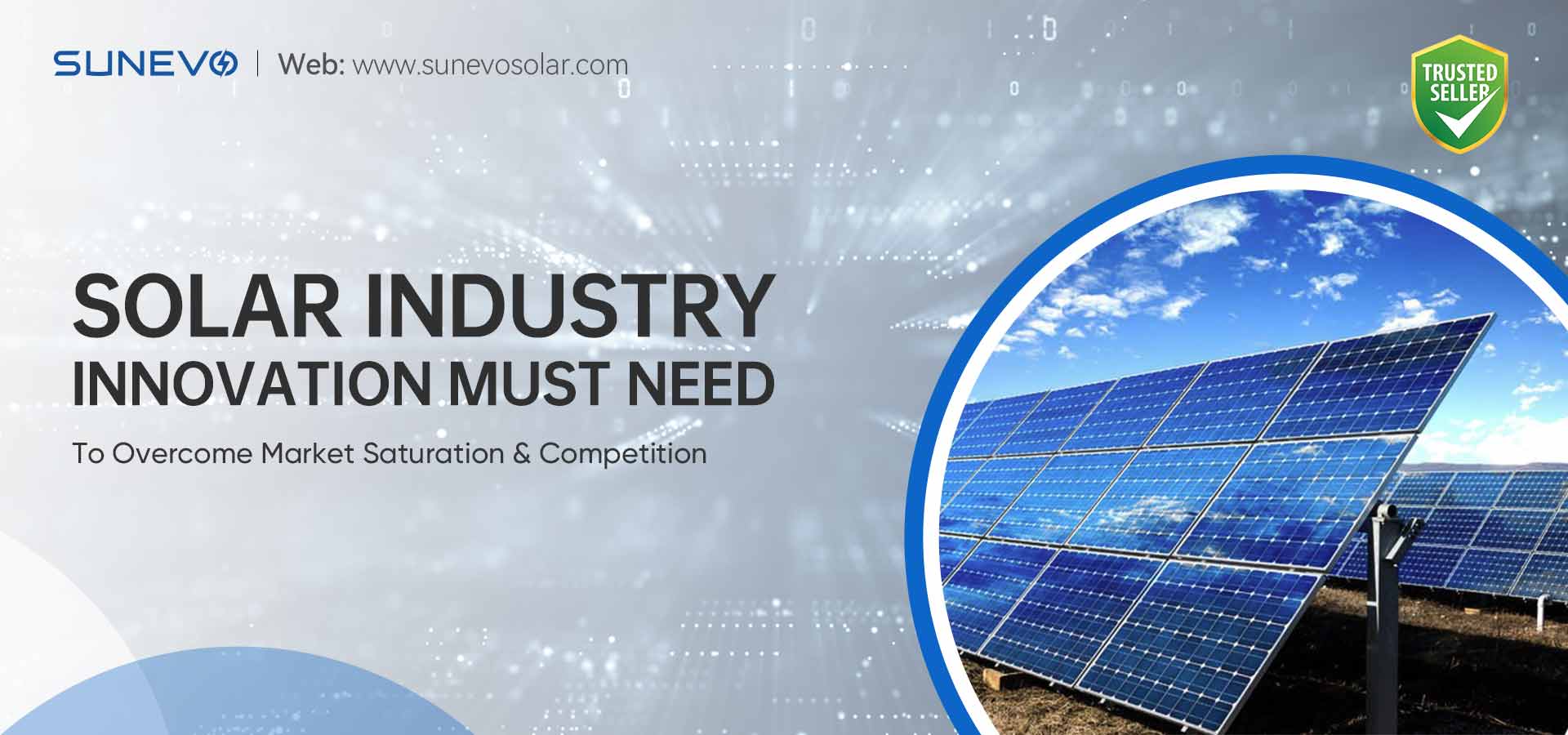

The solar industry has been a beacon of hope for sustainable energy solutions, experiencing exponential growth over the last decade. From small-scale residential installations to large-scale industrial projects, solar energy has become a key player in the global energy mix. Yet, with this expansive growth comes a unique set of challenges. Market saturation and increased competition have emerged as significant hurdles that the industry needs to overcome. This presents a crucial time for the solar industry as it navigates its way through these obstacles, seeking innovative solutions to continue its upward trajectory.
Market Saturation:
Market saturation is a term that refers to a stage where a product or service has been maximized in a market, and there are no new potential customers for growth. It's a situation where the vast majority of potential consumers already own the product or use the service, leaving little room for business expansion. For the solar industry, this has serious implications. Market saturation can stifle growth rates and squeeze profit margins, as companies vie for the same, limited customer base. This is particularly relevant in mature markets where solar penetration is high. Historical trends in the solar industry, especially in these mature markets, point towards a saturation point, indicating the urgent need for new approaches to maintain growth.
Competition Within the Solar Industry:
The solar industry faces formidable competition, both in terms of price and technology. With an increasing number of players entering the market, companies are constantly striving to offer the most cost-effective solutions, while also enhancing their technological capabilities. This is compounded by the challenge of competing with traditional energy sources, which have established infrastructure and market dominance. This intense competition impacts pricing strategies, market shares, and overall business models. It can sometimes hinder the industry's overall growth potential by creating an overly aggressive market environment that is difficult for companies to navigate.
The Need for Innovation:
Innovation is a powerful tool for overcoming market saturation and intense competition. It provides the pathway to new opportunities, allowing businesses to differentiate themselves and offer unique value to their customers. By developing novel products or services, companies can create new market demand, and reinvigorate their growth trajectories. For instance, the concept of solar panels on water or 'floatovoltaics' represents such an innovative approach. This requires a forward-thinking approach, and a willingness to disrupt traditional business models and practices. It calls for companies to be flexible and adaptable, open to new ideas and eager to explore uncharted territories in the solar landscape.
Technological Innovations:
In the quest for competitiveness, technological innovation plays a pivotal role. It's all about finding ways to do things better, faster, more efficiently, and at a lower cost. Whether it's improving panel efficiency, advancing energy storage solutions, or implementing solar panels on water bodies, technology can provide the competitive edge that companies need to stand out. Technological advancements not only enhance product offerings, but they can also lead to operational efficiencies and cost savings. These breakthroughs can be game-changers, reshaping the industry and setting new standards for solar energy production.
Business Model Innovations:
Innovative business models are another avenue for differentiation and growth. In a saturated market, the way a company does business can be as important as what it sells. Unique financing and leasing options are cropping up throughout the industry, providing customers with more flexibility and affordability. Whether it's pay-as-you-go solar, power purchase agreements, or solar leasing, these business model innovations can attract new customer segments and open up fresh revenue streams. They can also help to overcome affordability barriers and make solar energy more accessible to a broader range of consumers.
Marketing Innovations:
In a digital age where information is readily available, marketing innovations are equally important in the highly competitive solar industry. Companies are leveraging social media, digital technology, and creative branding to reach new customers and differentiate themselves. Innovative marketing strategies can help companies to carve out a unique space for themselves in the saturated market. Whether it's through engaging social media campaigns, interactive websites, or customer-centric content marketing, innovative marketing can play a key role in driving business growth and customer engagement.
Policy Innovations:
Policy changes can also spur growth in the solar industry. Governmental policies on solar industry around the world have shown that supportive regulatory environments can boost the solar industry. From tax incentives to renewable energy targets, policy innovations can play a key role in shaping the industry's future. They can encourage investment in the sector, support research and development activities, and serve as a catalyst for market growth. In addition, innovative policies can help to level the playing field between solar and traditional energy sources, promoting fair competition and market diversity.
Case Studies:
Several solar companies have successfully exploited innovation to overcome market saturation and intense competition. These companies have shown that with strategic technological advancements, creative business models, and breakthrough marketing strategies, it's possible to carve out a unique space and continue their growth trajectory. Whether it's through the implementation of floating solar farms, the offering of unique financing solutions, or the use of cutting-edge digital marketing strategies, these companies serve as powerful examples of what innovation can achieve in the solar industry.
The Role of Stakeholders:
Innovation in the solar industry doesn't happen in a vacuum. Various stakeholders, including governments, investors, and consumers, play a critical role in fostering innovation within the solar industry. Their support and engagement can drive research and development, facilitate policy changes, and create a receptive market for innovative solar solutions. These stakeholders can serve as enablers of innovation, providing the resources, support, and market demand necessary for innovation to thrive.
Last But Not Least:
Innovation is critical for the solar industry's continued growth and competitiveness. Whether it's through technological advancements, new business models, marketing strategies or policy changes, innovation can help the industry overcome the challenges of market saturation and competition. With the right mix of innovation and strategic action, the solar industry can look forward to a bright and sustainable future. As we move towards a more sustainable world, the solar industry will undoubtedly continue to be at the forefront of this journey, driving innovation and shaping our energy future.